If you're like millions of Canadians, you're busy paying down your mortgage. It could take 25 years or so, but it can be a great way to accumulate personal wealth, especially if house prices rise. However, with changes to mortgages in recent years, it's important to understand just how they are different if you want to fully benefit from your home's potential to build your personal wealth over the long term rather than your debt.
Today, to finance your house, most banks will offer you a readvanceable mortgage if you have a down payment of 20 percent or more. This mortgage combines a traditional mortgage with a home equity line of credit (HELOC). There's a big difference between these two forms of debt.
First, your mortgage debt only goes one way — down — because you must make regular payments against both the interest and the principal borrowed. This increases the equity you have in your home, meaning the difference between what you still owe and the value of your home.
But as you pay down your mortgage, a HELOC lets you borrow against your growing equity as part of your mortgage. Unlike your mortgage, you only have to make regular payments against the interest. You can ignore the principal until you sell the house. This short-term credit advantage can mean a long-term debt problem.
With flexible repayment terms, low-interest rates and a credit limit that rises with your equity, a HELOC can be used to pay off other, higher-interest debt or home renovations.
But would a HELOC tempt you to use your home like an ATM? Mounting HELOC debt could put you at increased risk if you lose your job, get sick or injured, interest rates go up, or your home decreases in value. If it consumes too much of your equity, you might end up owing more than your home is worth, losing your home, or having to sell it to pay down your debt.
To use this borrowing tool wisely, stick to a plan to pay it off fully and avoid continually borrowing against your home equity.
Learn more online at canada.ca/it-pays-to-know.





